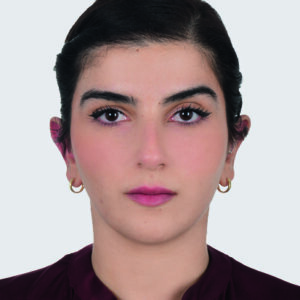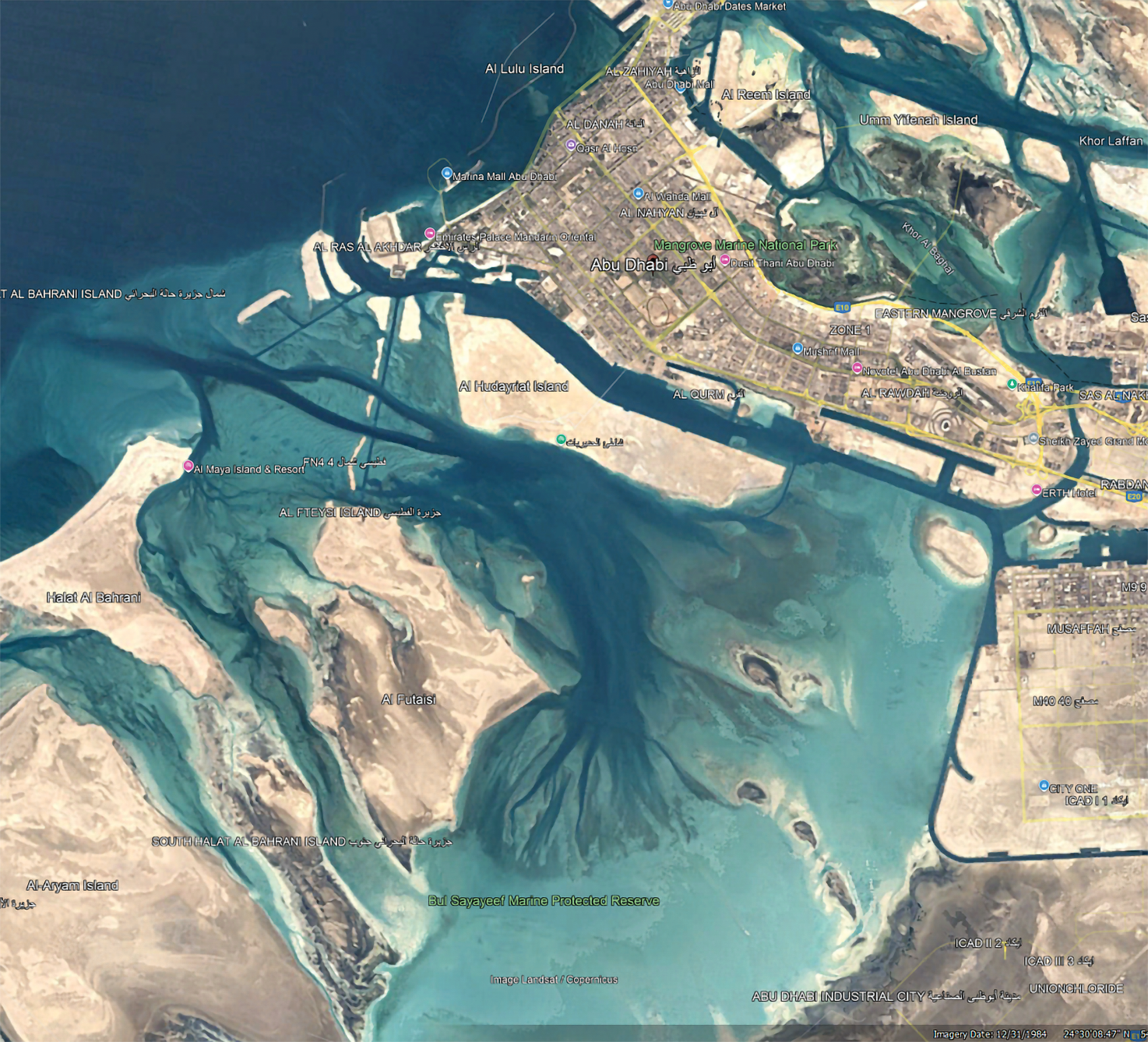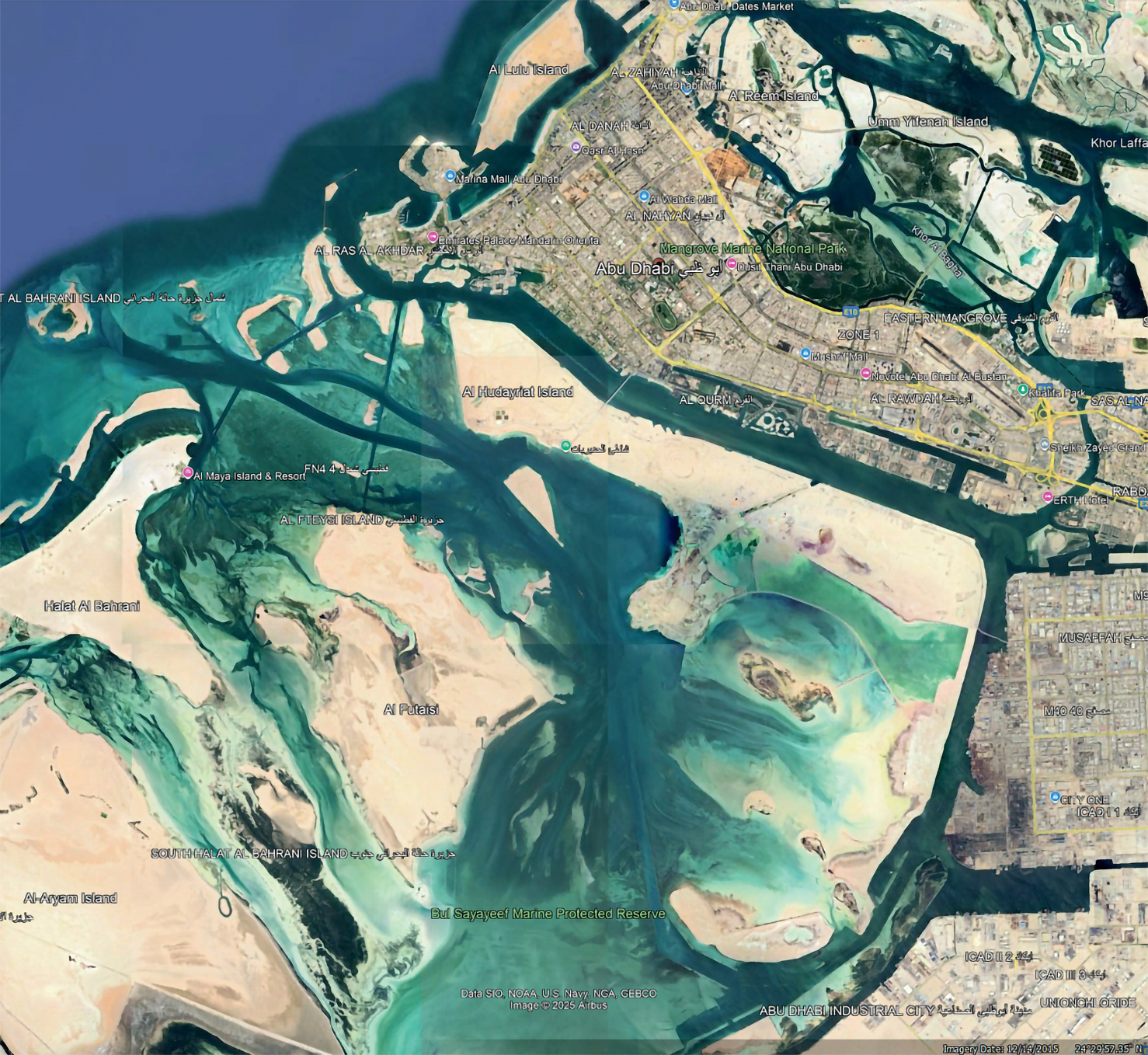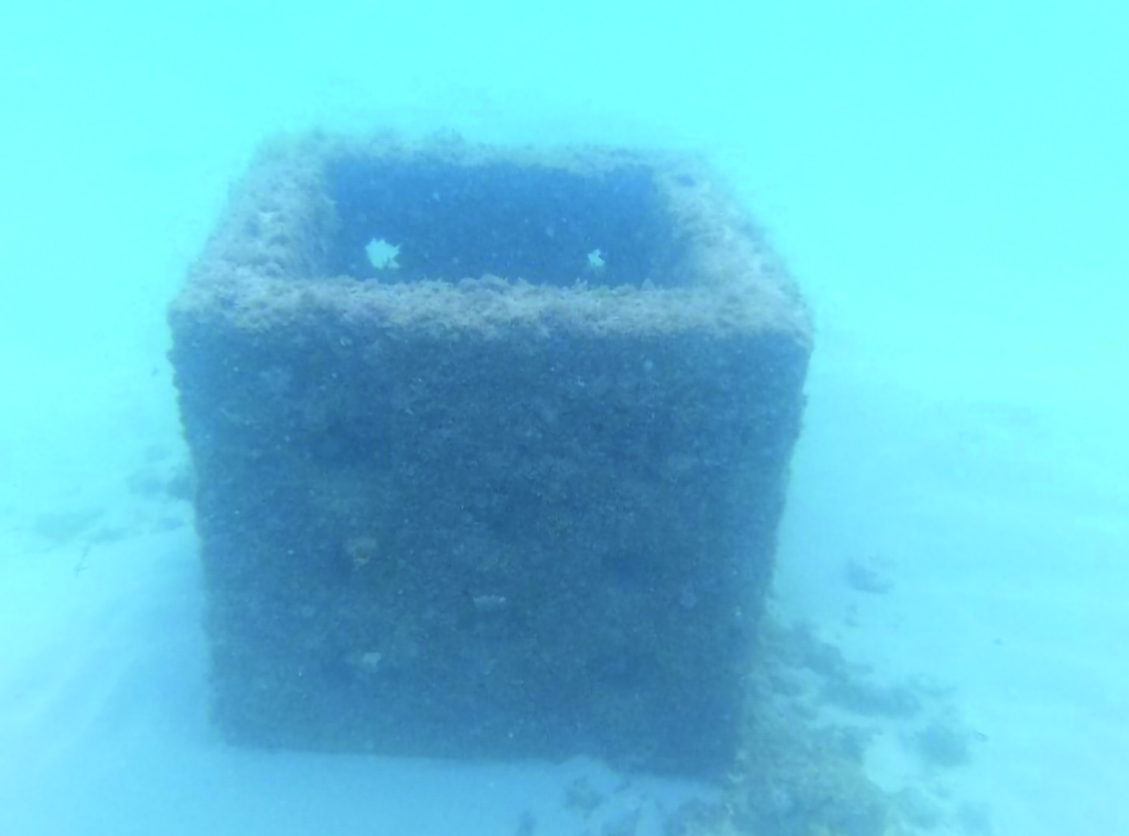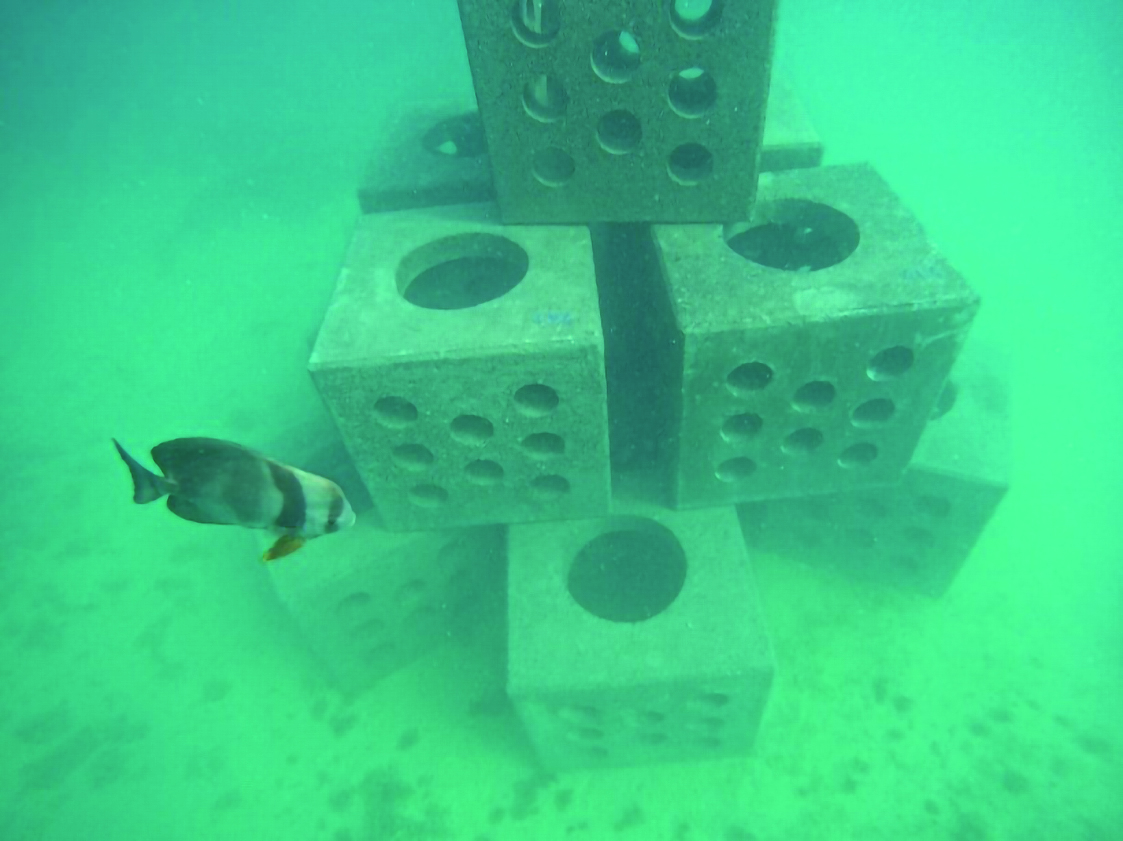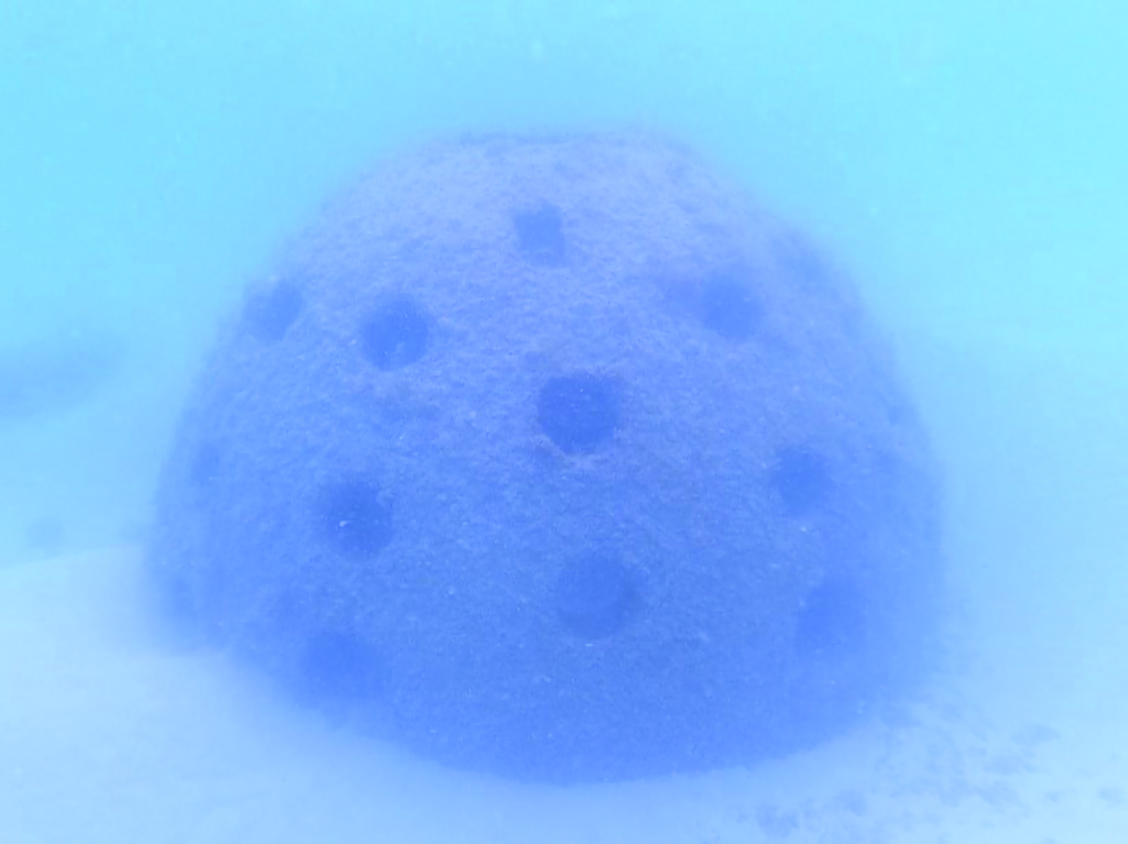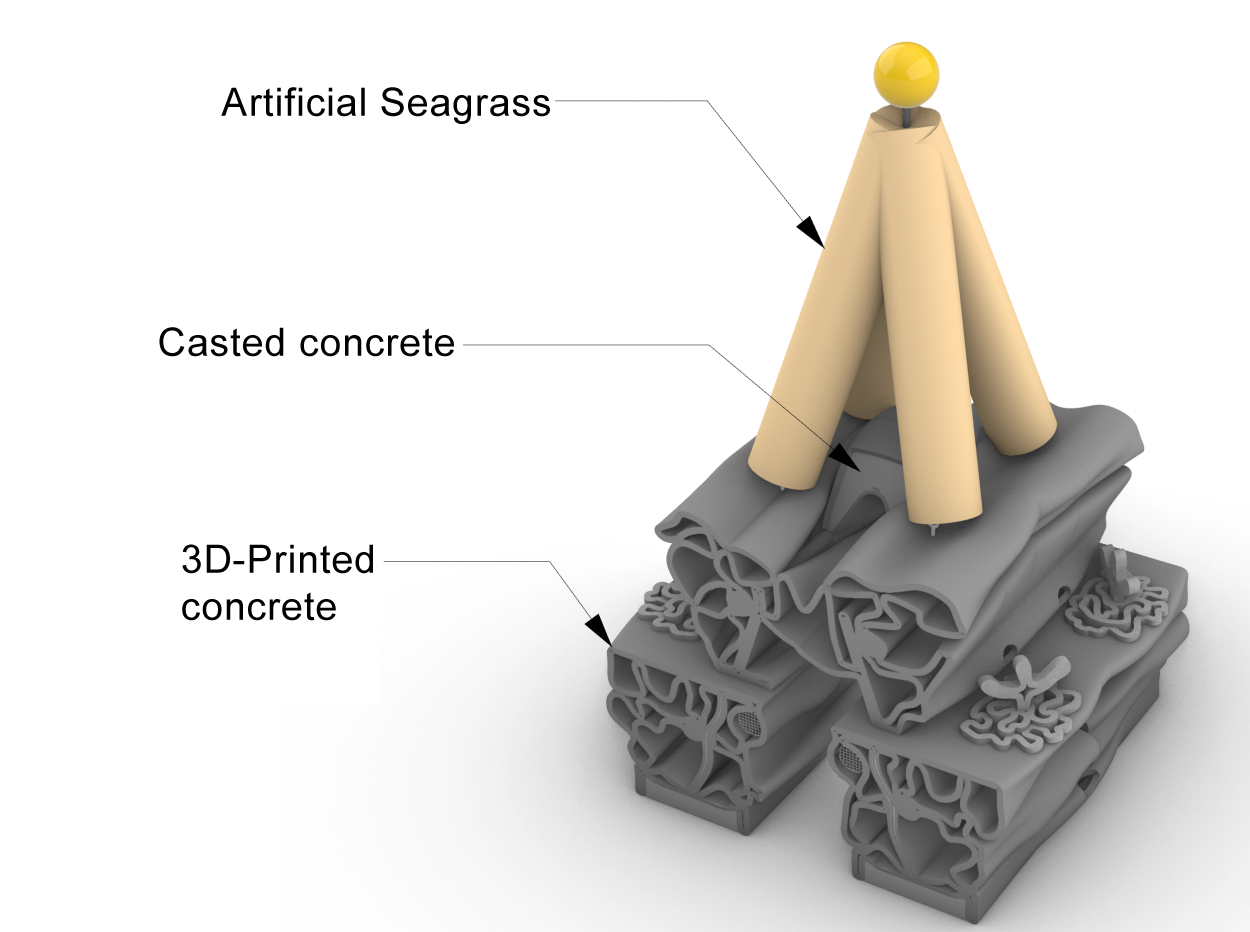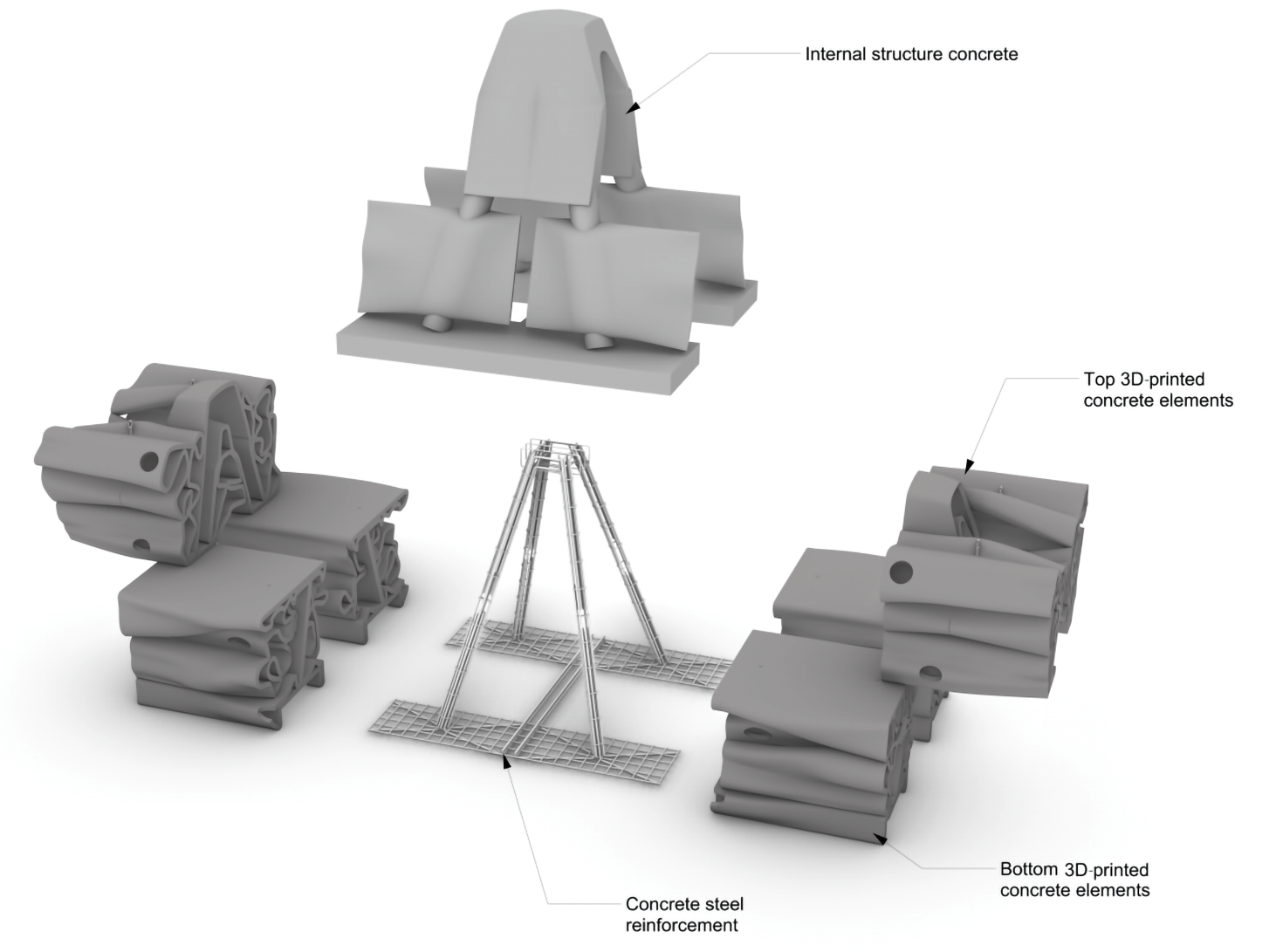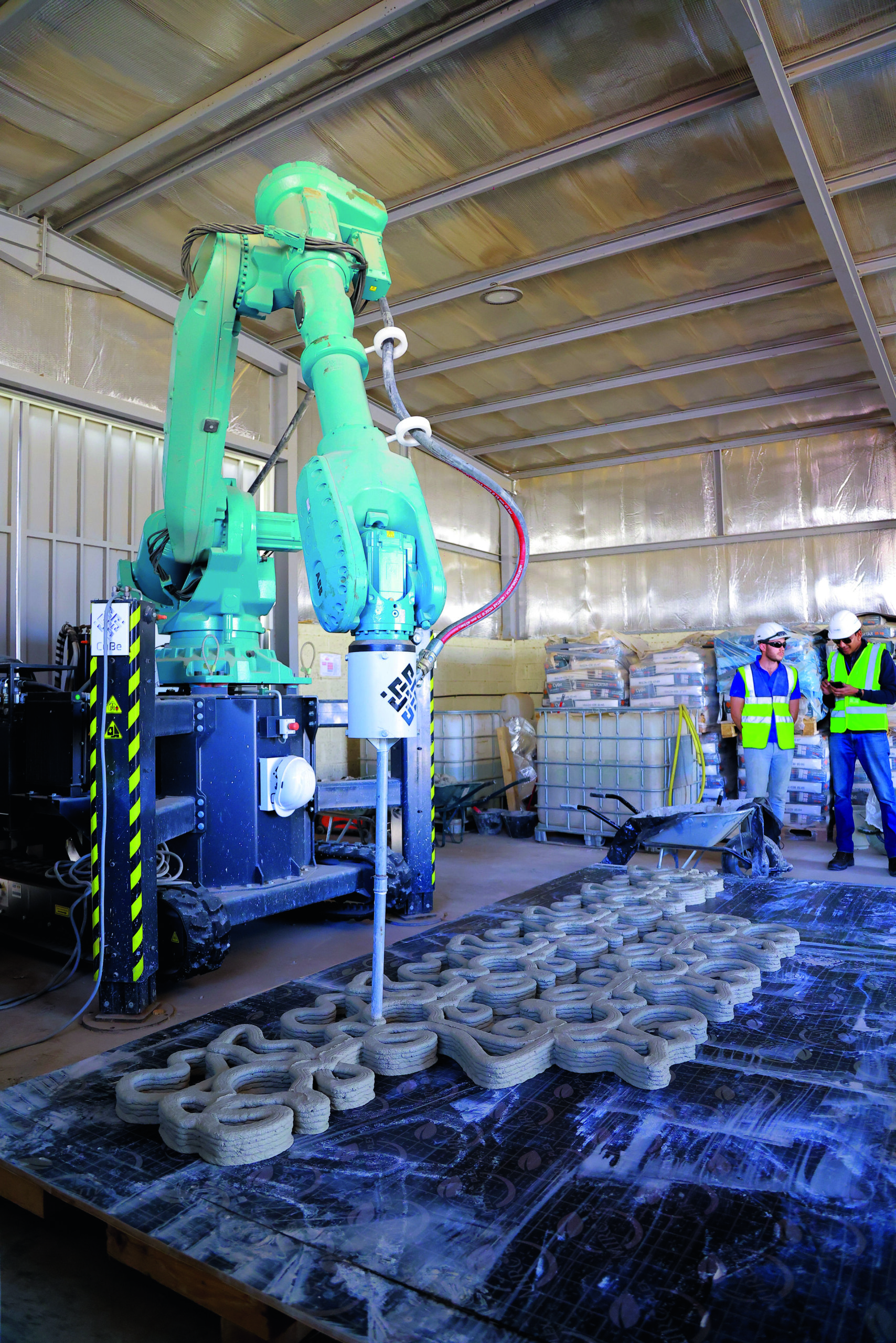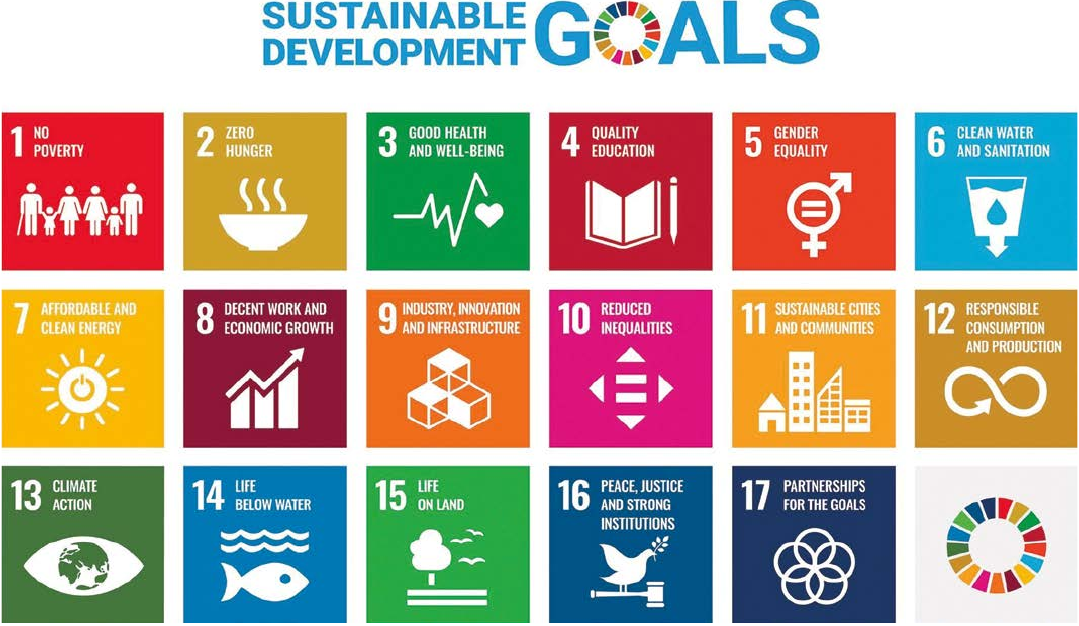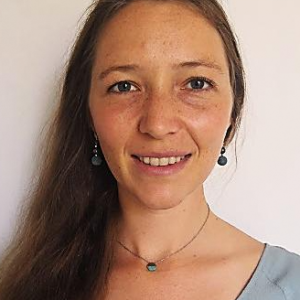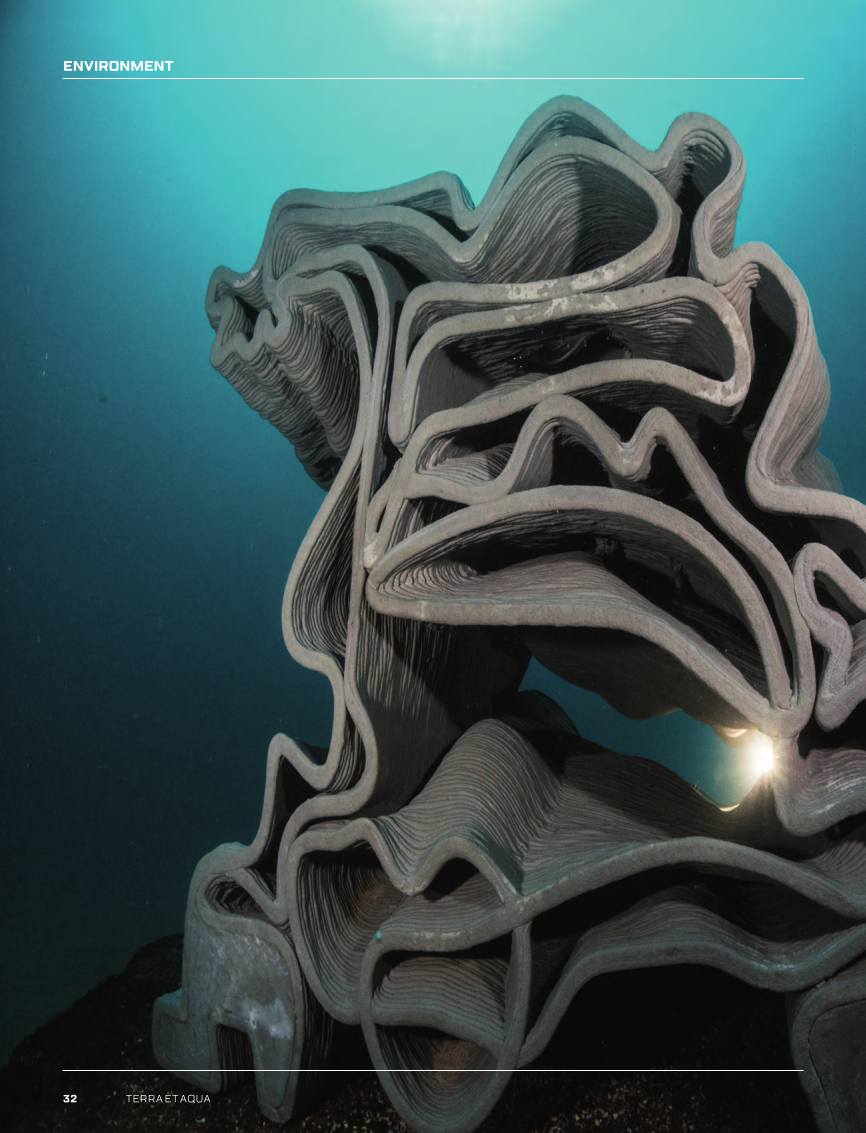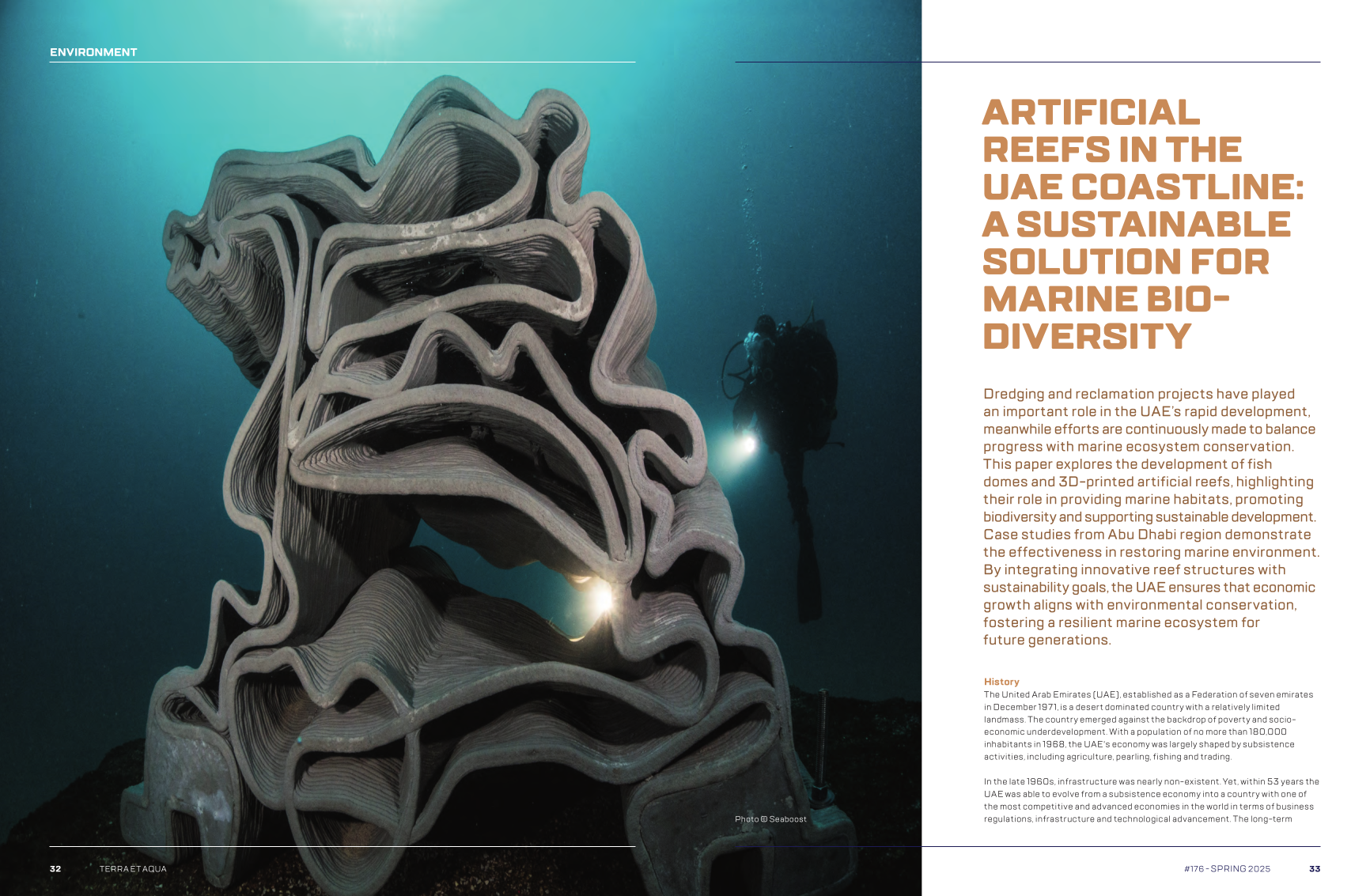History
The United Arab Emirates (UAE), established as a Federation of seven emirates in December 1971, is a desert dominated country with a relatively limited landmass. The country emerged against the backdrop of poverty and socio- economic underdevelopment. With a population of no more than 180,000 inhabitants in 1968, the UAE's economy was largely shaped by subsistence activities, including agriculture, pearling, fishing and trading.
In the late 1960s, infrastructure was nearly non-existent. Yet, within 53 years the UAE was able to evolve from a subsistence economy into a country with one of the most competitive and advanced economies in the world in terms of business regulations, infrastructure and technological advancement. The long-term government initiative, UAE Centennial 2071, holds a key emphasis on reducing reliance on oil through diversification.
The country also achieved record-breaking growth rates having 10.6 million inhabitants as of 2023 with a projected increase of 44% to 15.4 million by 2050. Thus, the UAE’s vision and ambition for the future are deeply intertwined with its reliance on dredging and reclamation projects, as they are integral to the country’s broader economic, environmental, and infrastructural goals.
Dredging and reclamation in the UAE
The UAE’s vision focuses on sustainability, diversification, innovation, and global leadership, and dredging projects play a crucial role in realising these objectives. Dredging and reclamation are carried out for expanding and enhancing land use in coastal and waterfront areas, supporting urban development, infrastructure projects and environmental restoration. Dredging helps deepen and widen waterways, facilitating better shipping routes, ports and flood control, while reclamation creates new land for construction, agriculture and recreation. These processes are crucial for UAE since the country is with limited natural land availability.
Once a desert landscape, the country has transformed with towering skyscrapers, extensive infrastructure and high-tech industries, Figure 1 and Figure 2 show the drastic changes of Abu Dhabi and Dubai’s coastline. Reclamation has been key to this development, particularly in creating land for infrastructure projects, such as airports, ports, residential complexes and tourism destinations like Palm Jumeirah.


